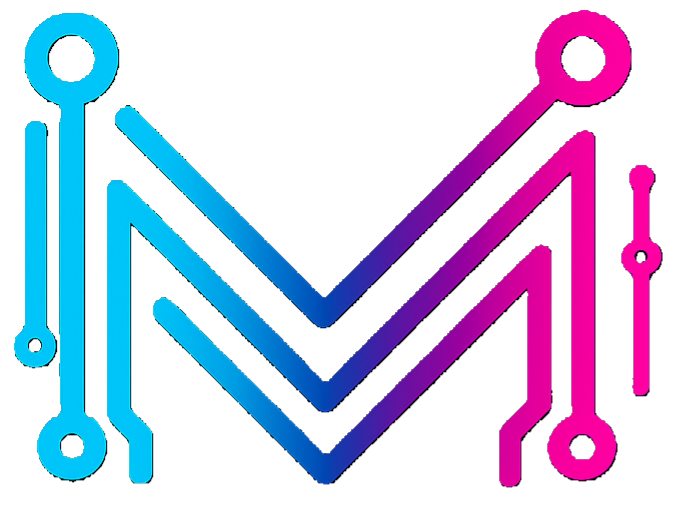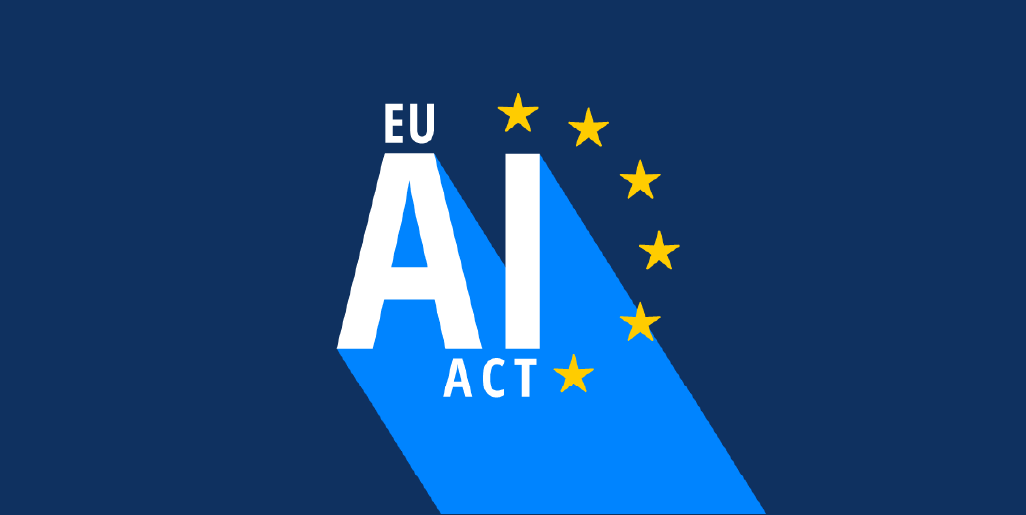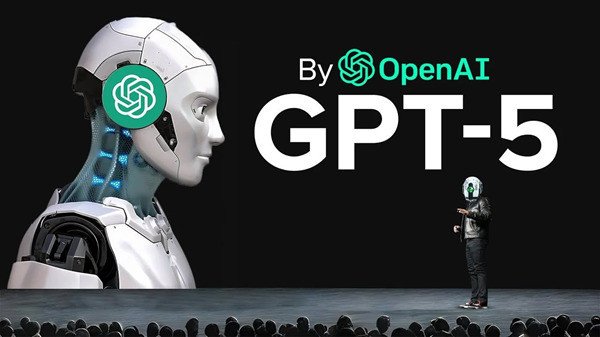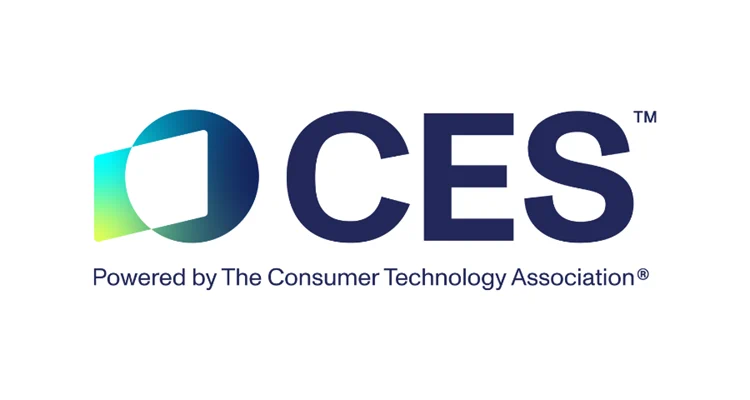Table of Contents
For the past couple of years, the world of AI has felt like the Wild West. New, powerful technologies were being released at a dizzying pace with very few rules in place.
Well, the sheriff has finally arrived in town.
The European Union has officially passed the EU AI Act, the world’s first comprehensive, legally-binding set of rules for artificial intelligence. And just like with its famous GDPR data privacy law, when the EU makes a rule, the rest of the world listens.
So, what is this big, scary-sounding law, and what does it mean for you and the AI tools you use every day? Let’s break it down without needing a law degree.
Not All AI is Created Equal: The “Risk Pyramid”
The core idea of the EU AI Act is smart and simple: not all AI is the same. The AI that recommends a movie on Netflix is very different from the AI that helps a surgeon in an operating room.
So, instead of a one-size-fits-all rule, the law creates a “risk pyramid.” The higher you are on the pyramid, the stricter the rules.
Level 1: Unacceptable Risk (Banned!)
This is the stuff that gets a straight-up “Nope.” The EU has banned AI systems that are considered a clear threat to people’s rights. This includes:
- Government-run “social scoring” systems (like in that one Black Mirror episode).
- Predictive policing that profiles individuals.
- Emotion recognition used in the workplace or schools.
- Untargeted scraping of facial images from the internet to create databases.
Level 2: High Risk (Lots of Rules)
This is the most important category. It covers AI systems that could seriously impact your safety or fundamental rights. Think of AI used in:
- Critical infrastructure (like managing the power grid).
- Medical devices.
- Hiring and employee management.
- Education and scoring exams.
- Law enforcement and the justice system.
Companies building these “high-risk” tools will have to follow a strict set of rules, including rigorous testing, clear documentation, human oversight, and high levels of accuracy and security.
Level 3: Limited Risk (Be Transparent)
This is where most of the AI we use today falls. Think of chatbots like ChatGPT or AI image generators like Midjourney. The main rule here is transparency. Companies have to make it clear that you are interacting with an AI.
- Deepfakes and other AI-generated content must be clearly labeled as such.
- When you’re talking to a chatbot, it needs to tell you it’s a bot.
Level 4: Minimal Risk (Basically, No Rules)
This covers the vast majority of AI applications, like spam filters or the AI in a video game. These are considered safe and have no new legal obligations under the Act.
Why Does the EU AI Act Matter to the Rest of Us?
This is something called the “Brussels Effect.” The EU is a massive market with nearly 450 million consumers. If a global tech company like OpenAI, Google, or Meta wants to offer its services in Europe, it must comply with the EU AI Act.
Instead of creating different versions of their products for every country, it’s much easier for these companies to just build one version that meets the strictest standard (the EU’s) and release it worldwide.
We saw this happen with GDPR. After it was passed, websites all over the world started showing you those “Accept Cookies” banners and updating their privacy policies. The same thing is about to happen with AI.
So, What’s Next after EU AI Act?
The law won’t kick in all at once. It will be phased in over the next two years, giving companies time to adapt.
The EU AI Act is a massive, historic piece of legislation. It’s the world’s first major attempt to put guardrails on a technology that is evolving at an incredible speed. The goal isn’t to kill innovation; it’s to steer it in a direction that is safe, transparent, and trustworthy.
While some worry it could slow down progress, proponents argue it’s a necessary step to ensure that as AI gets more powerful, it remains a tool that serves humanity, not the other way around. One thing is certain: the AI Wild West is officially coming to an end.
What do you think about the new rules? Is this a smart move for AI safety, or will it stifle innovation? Share your thoughts in the comments!







Leave a Reply
You must be logged in to post a comment.